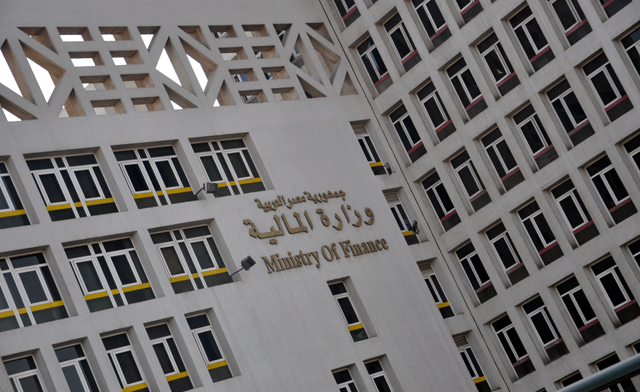LONDON: Gold was set for its largest one-day fall in two weeks on Tuesday after US bank Goldman Sachs reported a quarterly loss, which coupled with evidence of slowing Chinese growth and mounting euro zone concerns, lifted the dollar.
For the second time in its history, Goldman Sachs reported a quarterly loss, hurt by declines in the value of investment securities and customer trading assets. The bank also cut its exposure to commodities in the quarter.
In the euro zone, Moody’s Investor Services warned France’s top-notch credit rating could be at risk if the cost of bailing out banks stretches its budget too much, while a reading of German business confidence fell to its lowest in nearly three years this month.
The Chinese economy expanded at its slowest pace in two years in the third quarter of this year, which compounded fears that growth in the emerging world may be insufficient to offset slowing developed economies in Europe and the United States.
Adding to the anxiety over the euro zone ahead of a key summit on Oct. 23, German finance minister Wolfgang Schaeuble doused optimism over the ability of European Union leaders to find a lasting solution to the debt crisis at the meeting, which further curbed investor appetite for risk.
Spot gold was last down 2.3 percent on the day at $1,632.90 an ounce by 1353 GMT, hampered by the strength of the dollar, but traders and analysts said they expected gold to reprise its role as a safe-haven investment and rally in price.
The price hit a record $1,920.30 in early September.
"Overall, it looks like, at the end of the day, that we are in the same trading range of $1,600 to $1,700 and my feeling is that if (the Europeans) don’t come up with any results, we are going to go much, much higher," said MKS Finance head of trading Afshin Nabavi.
"People are nervous and … will take any excuse to sell, but having said that, investors are on the other side and bargain-hunters are on the other side so they will be jumping on the bandwagon again once the price finds a level."
Goldman Sachs said it lost $428 million during the third quarter, cutting its earnings per share to a loss of $0.84, compared with earnings of $2.98 per share a year earlier.
US shares fell after earnings from both Goldman and rival Bank of America disappointed investors, while European stocks declined and the euro came under pressure as hopes faded for an immediate resolution to the regional debt crisis.
Normally, such events would heighten investor demand for gold, but the strength of the dollar posed an insurmountable headwind for the bullion price, which tends to move inversely to the US currency.
Gold’s correlation to the dollar is at around its lowest in five months, meaning that the bullion price is more likely to move in the opposite direction to the US currency, while its correlation to stocks is around its most positive since June.
"The problem with all this is it’s getting tricky to work out what gold’s reaction will be if there was a rescue plan or there isn’t a rescue plan or there is a downgrade and so on," said Mitsubishi analyst Matthew Turner.
"The only rational conclusion I can draw is internal factors in the gold market are moving around and establishing a new level for gold. And while that goes on, the price won’t move in line with other assets in a normal way," he said.
German analyst and investor sentiment fell in October to its lowest level in nearly three years, according to a survey from the Mannheim-based ZEW economic think tank.
Euro worries mount
Elsewhere in the euro zone, Portugal on Monday released its draft budget bill for next year, which showed the recession would deteriorate in 2012 and the contraction in growth would be worse than had been expected when Lisbon agreed to the terms of a bailout in May.
Gold is still set for a near-17 percent gain so far this year, driven by expectations for low interest rates in the United States and by investor demand for perceived safe havens in the face of the turmoil in Europe and rising inflation in the emerging world.
The price of gold also fell in other major currencies including euros, sterling, yen, Swiss francs and Australian dollars, reflecting the breadth of the investor push out of bullion on Tuesday.
However, global holdings of gold staged their first weekly inflow in a month last week, rising to 67.104 million ounces from a 2-1/2 month low below 67 million ounces early last week, indicating that there are still willing buyers.
In other precious metals, silver fell by 3.7 percent to $30.68, while platinum fell 2.0 percent to trade at $1,517.74 an ounce and palladium shed 2.1 percent to be quoted at $602.75 an ounce.


